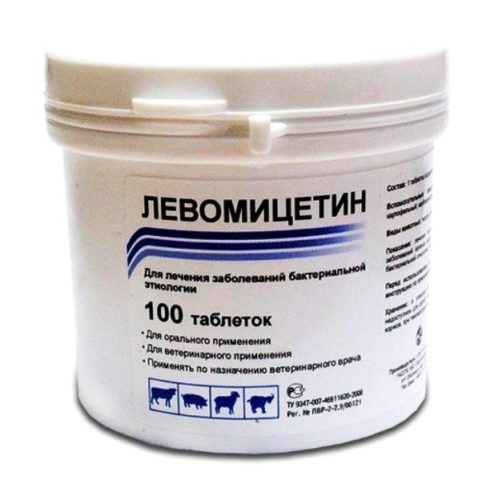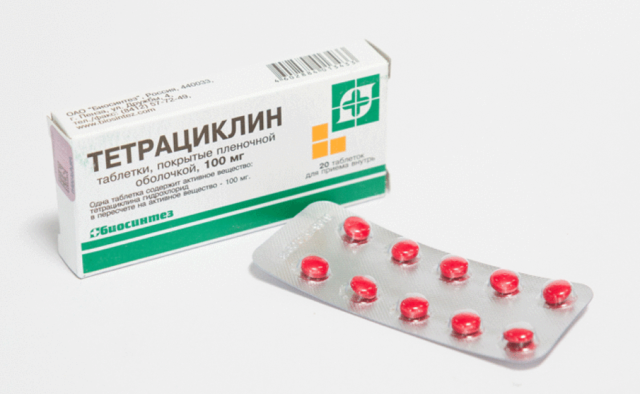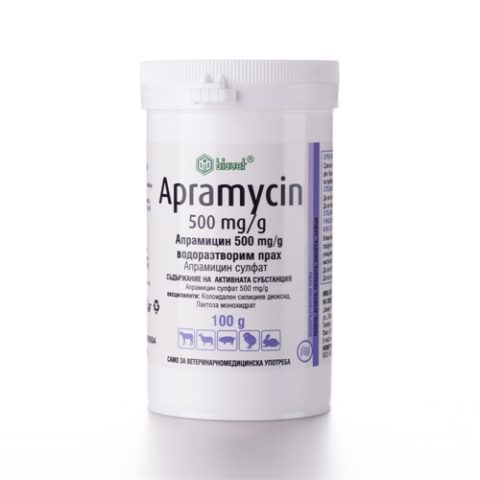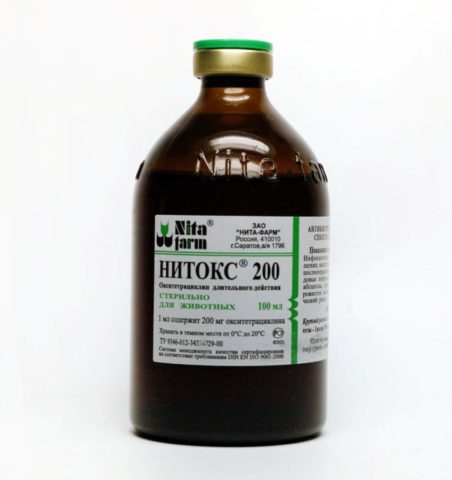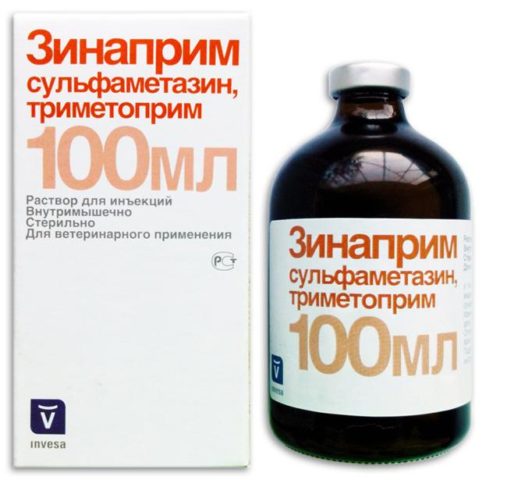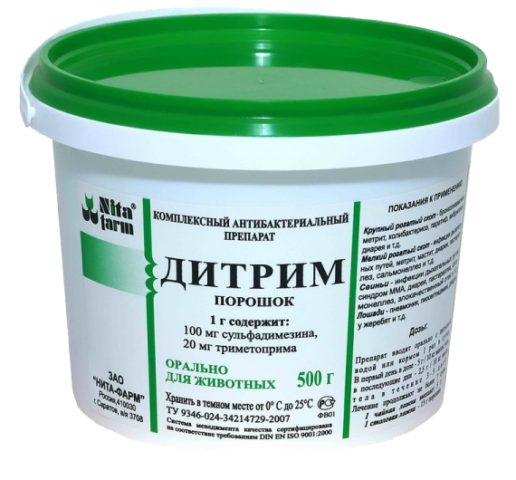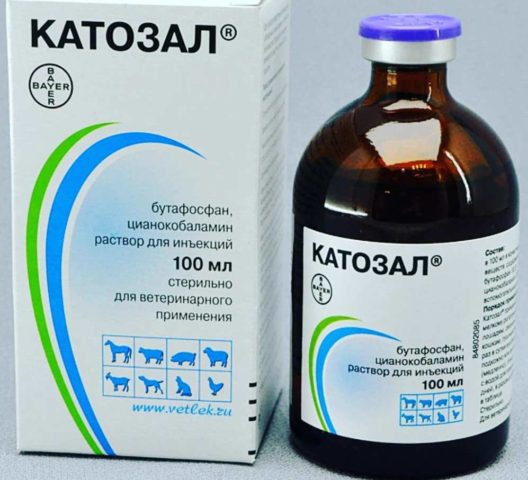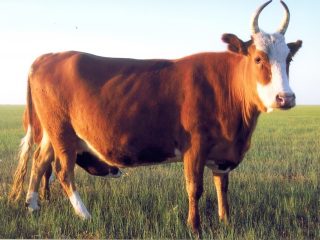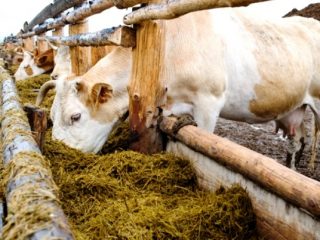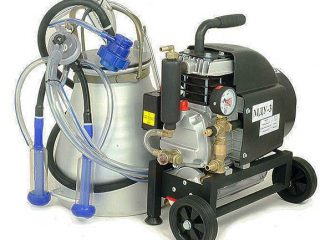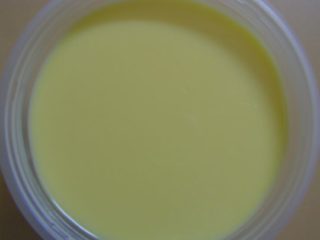Content
All farmers and private owners of dairy cows have had personal experience in the treatment of calf diarrhea. Digestion in young animals, especially newborns, can be upset due to a variety of reasons. Often, diarrhea in a calf begins even due to a change in the hormonal background in the mother. The cow comes into the hunt shortly after calving, and the calf begins to vilify. Owners who have bought a small calf also encounter diarrhea. But here diarrhea begins for a different reason.
Why do calves have diarrhea?
Diarrhea in young cattle is a frequent phenomenon, although adult animals are not immune from this. The difference is that calves are more susceptible to infectious diseases. If an adult can recover on its own by adjusting the diet, then in a calf, diarrhea usually does not go away so easily.
Diarrhea can be caused by:
- the appearance of hunting in the mother;
- cold colostrum or milk;
- cheap milk replacer;
- sour milk / colostrum;
- milk from a cow with mastitis;
- a sharp transition from milk feeding to plant foods;
- poor quality or moldy feed;
- excess salt in compound feed;
- bacterial contamination due to unsanitary conditions of detention;
- viral diseases;
- food poisoning;
- helminthic invasion;
- weak immunity.
The latter is more likely even the root cause of intestinal dysbiosis caused by bacterial infection.
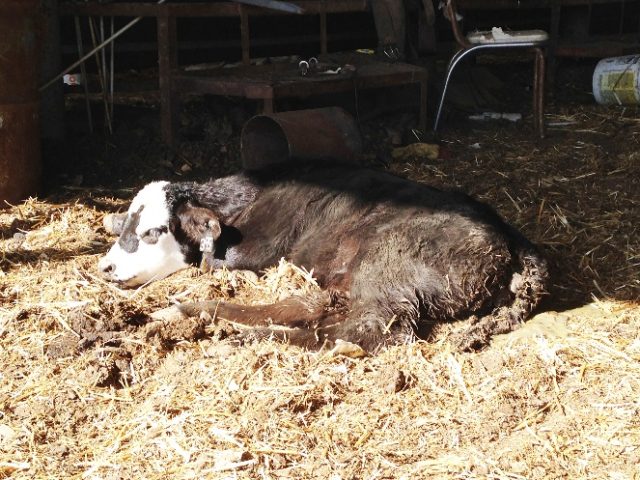
In a weakly immune calf, diarrhea is often not the main problem in life.
Why is severe diarrhea in calves dangerous?
Diarrhea is dangerous, first of all, due to dehydration of the body. No diuretic will remove the water as quickly as a raging diarrhea will. If the diarrhea that has arisen in young cattle as a result of maternal hunting goes away on its own in a few days, then the infectious bowel disorder will only progress and quickly lead to the death of the calf.
When dehydrated, the animal looks dramatically thinner. In fact, this means that water has "left" from the muscles. A well-fed animal can last longer by breaking down fat cells into carbohydrates and water. Because of this, diarrhea is especially dangerous in newborn calves. All babies are born very thin but gain weight quickly. In the event of diarrhea, the newborn calf has no margin of safety that will allow it to survive for at least a few days. Treatment should be started immediately, and the cattle owner needs to know the main signs and treatments for diarrhea.
How to treat diarrhea in a calf
Before treating the diarrhea, it is a good idea to establish the cause. Liquid feces of normal color - most likely poisoning or stomach upset due to poor nutrition. White or yellow diarrhea in a calf is a sign of rotavirus infection. Feces of chocolate or reddish color mixed with blood - pasteurellosis.
Signs of diarrhea due to poisoning can hardly be noticed in advance. But the symptoms of diarrhea in infectious diseases can be noticed in advance with careful attention to animals:
- temperature above 40 ° C;
- decreased appetite;
- depressed state;
- dry nose mirror;
- dried mucus in the nostrils.
These signs indicate the onset of an infectious disease or inflammatory process in the gastrointestinal tract and the cause of diarrhea must be treated here. With regard to diarrhea, it makes sense to use only drugs that relieve symptoms.
Suckling calves very often suffer from dyspepsia, the main symptom of which is diarrhea. Dyspepsia also occurs in older animals, but much less frequently. The main signs of dyspepsia:
- depressed state;
- wasted thighs and tail;
- shallow breathing;
- putrid or sour smell of excrement;
- chair up to 14 times a day.
Due to dehydration, the eyes sink, the coat grows dull, the nasolabial mirror becomes dry and rough. Soon the animal dies, so the treatment of diarrhea in calves at home begins without waiting for the arrival of the veterinarian.
The owner of cattle must have a first aid kit, which must include medicines for diarrhea in calves.
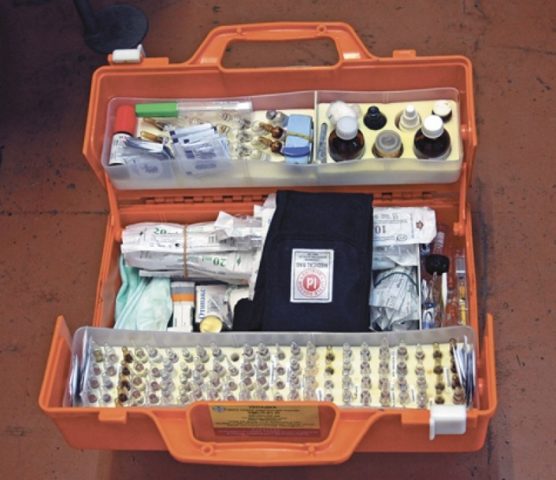
For a first aid kit, it is convenient to use a special case, in which it is easy to find the necessary medication
Calf diarrhea medication
It is better to keep two types of drugs in the first-aid kit at once: medicines and folk remedies for stopping diarrhea. Medications are antibiotics. Most often they are used if the calf has diarrhea of an infectious origin.
If diarrhea continues for too long. In this case, the use of antibacterial medicines is also indicated. There are many medicines for diarrhea for calves, and the names are often commercial and this causes certain problems. If there is no specified drug, it is necessary to look for an analogue of the active ingredient, which is not always known to the farmer. To stop diarrhea, use:
- Levomycetin: an antibiotic used for gastrointestinal disorders.
- Tetracycline: a broad-spectrum antibiotic used not only for gastrointestinal diseases.
- Apralan: veterinary antibiotic apramycin. Used to treat colibacillosis, salmonellosis and other similar infections. It is convenient for the treatment of diarrhea in dairy calves, as it is also produced in injection vials. This means that it will not be necessary to "load" the digestive tract once again. Dose: 20 mg / kg body weight daily for 5 days.
- Nitox: the commercial name of oxytetracycline dihydrate, that is, the antibiotic of the tetracycline group. One injection is enough to cure calves from diarrhea.
- "Zinaprim": a complex antibiotic containing 200 mg of sulfamethazine and 40 mg of trimethoprim. They are used to treat almost any disease that causes gastrointestinal disturbances. The course of treatment is 3-5 days, the dose is 1 g / 10 kg of live weight. For calves, powder for diarrhea "Zinaprim" is dissolved in warm water and soldered instead of one of the feedings.
- "Ditrim": full analogue of "Zinaprim". The drug is produced by another company, which gave its products a different commercial name.
- Being a medicinal product "Catosal" has no antibacterial effect. This medication stimulates metabolism and improves immunity. It is pointless to use it without drugs that stop the diarrhea in the calf. The plus is that it comes in the form of a solution for injection.
Apply Catosal in the form of injections
Due to a lack of appetite, the animal can leave the drugs in the feeder, and it is very inconvenient to push the tablets into the throat by hand. If there is no other form of drug release, you need to crush the tablets into powder, dilute them in water and give the calf to drink.
In cases of salmonellosis or colibacillosis, hyperimmune serum is used as an adjuvant against these diseases. By itself, serum from diarrhea in calves does not save, but it helps to eliminate the main cause of diarrhea.
Treatment of calf diarrhea with folk remedies
Popular "Burnt alum" is more logical to refer to the folk methods of treating diarrhea in calves, if you remember that it is an external powder. Its main purpose is to combat increased sweating. Alum themselves are aluminum sulfate salts. It is believed that burnt alum can stop the development of diarrhea in a few days.
But within a few days, the diarrhea will either go away on its own, or the calf will die from dehydration. So about alum, we can fully say that this is a truly folk remedy: either the calf will survive or not.
If you are confident that the cause of the bowel disorder is not infectious, you can start with less extreme folk remedies, that is, astringent decoctions:
- oak bark;
- rice;
- marshmallow root;
- Hypericum perforatum;
- elecampane roots;
- cereals;
- tansy.
Calves already consuming "adult" feed can be added dry binders to each of the feedings:
- dill seeds 10-15 g;
- dried tansy inflorescences 10-20 g, if given fresh, you need to increase the dose by 3-4 times;
- rhubarb root powder 15 g.
It is better to feed these herbs in concentrates, as in the hay, small particles will fall down, and the calf will not pay attention to them. Also, during diarrhea, you should not give a lot of concentrates. Therefore, grain feed is given at the "handful" level, just to mix in the necessary additive. In all other cases, decoctions are given.
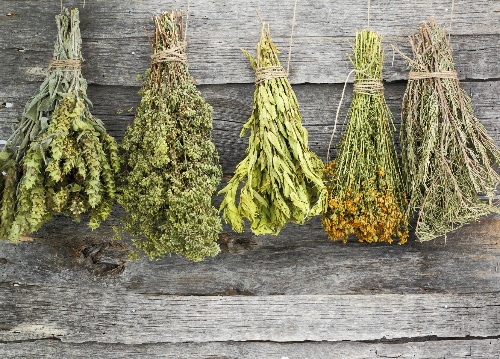
There are many herbs that eliminate diarrhea
In every region you can find wild plants that can be prepared in case of diarrhea in a calf
Calf decoction recipes for diarrhea
While the vet gets to the sick calf on call, you can take action against diarrhea using the folk remedies that are at hand. Perhaps it will not help, but it is unlikely to make it worse.
Decoction of cereals
Any grains can be used: oats, barley, rye, wheat. 150 g of unmilled grain is boiled for an hour in a liter of water. So that the grains do not stick to the bottom, stir the brew periodically. The resulting broth is cooled, filtered and soldered to the calves 5 times a day, replacing the milk with the swill. On the first day of diarrhea, you can drink broth more often, since the cub will be on a starvation diet. One-time decoction rate - 0.5 liters. In fact, the recipe for the decoction is given on the basis of a one-time feeding, since after an hour of cooking the liquid, just 0.5 liters will remain.
Hypericum infusion
Suitable for use on the second or more days of diarrhea, as it takes a long time to prepare. 100 g of dried St. John's wort is poured with a liter of boiling water. Insist under the lid for 8 hours. Drink 250 ml of infusion 3 times a day.
Flax decoction
50 g of flaxseed is boiled for an hour in 1 liter of water with regular stirring. The resulting mucus is cooled, filtered and diluted with 2 liters of warm boiled water. Calves are watered with flax decoction twice a day, 0.5 liters at a time.
Decoction of oak bark
Boil 50 g per 0.5 l of water for 30 minutes. Cool, strain, add 2 liters of water. Drink 0.5 liters 3 times a day.
Marshmallow root decoction
100 g of dry root per 1 liter of water. Boil, let cool. Divide into two portions. Drink 2-3 times a day.
Wormwood decoction with calamus root powder
Brew 100 g of dry wormwood in 1 liter of boiling water. Let it brew. Add 10 g of calamus root powder. Divide into 2 servings and try to drink this bitter rubbish calf 2-3 times a day.
Elecampane broth
30 g of dry roots of elecampane per 1 liter of water. Boil for 30 minutes and let it brew. Dilute with a liter of boiled water. Drink 0.5 liters instead of feeding 4 times a day.
How to feed a calf with diarrhea
On the first day, it is better not to feed anything. The calf's gastrointestinal tract must be cleansed of possible toxic substances. At the beginning of diarrhea, instead of feeding the animals, astringent decoctions are drunk. You can also use a weak solution of potassium permanganate.Even a one-day-old calf can withstand one day without food, although this is very bad for its further development: the calf must receive colostrum in the first hour after birth. However, most likely, until this moment, his diarrhea will not begin.
But further options are possible. If the uterus is sick with mastitis, then already with the first portion of colostrum, the calf will receive Staphylococcus aureus and a bonus indigestion.
From the second day of diarrhea, suckling calves are fed as usual, but one or two feedings must be replaced with astringent broths. At the same time, you can solder antibiotics, if necessary.
The grown-up calves are limited in the amount of feed, concentrates and juicy feed are completely excluded. Only the hay is left. Ideally, the hay contains herbs that prevent the development of diarrhea: St. John's wort, chamomile, tansy. After the diarrhea has stopped, concentrates, grass and root crops are gradually introduced into the diet.
Prevention of diarrhea in calves
To prevent the development of diarrhea, certain rules must be followed:
- keep the premises for animals clean;
- give only good quality feed;
- carry out the necessary vaccinations to prevent infectious diseases;
- monitor the composition of the hay so that there are no poisonous herbs;
- do not give frozen root vegetables: potatoes, carrots, beets;
- do not feed sour silage;
- do not give potato tops and green and sprouted potatoes.
Prevention of diarrhea with dyspepsia in newborn calves should be started in the womb. Pregnant cows are provided with a full-fledged diet and long-term walking. Start-up dates must be adhered to and good conditions for calving must be created. It is imperative to observe hygiene in the premises for queen bees and young animals.
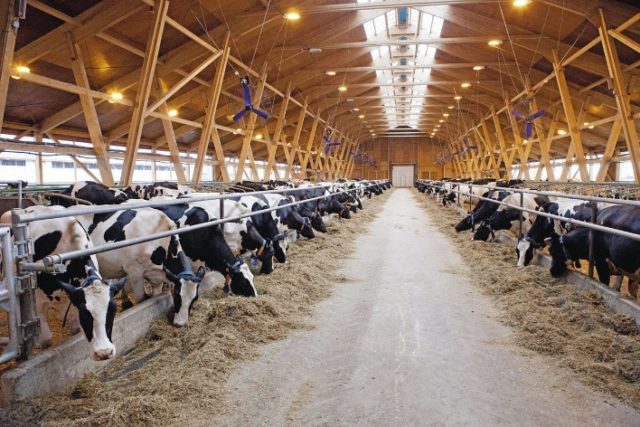
Keeping the barn clean is one of the main prerequisites for preventing diarrhea in calves
Conclusion
Calf diarrhea most often occurs due to non-compliance with the conditions of housing and feeding. The chances of contracting a bacterial infection from other cattle while keeping one cow in a private backyard are relatively low. But a farmer with any significant livestock needs to take timely care not only of proper maintenance and feeding, but also of vaccinations against infectious diseases. A private trader should not neglect vaccination either.
